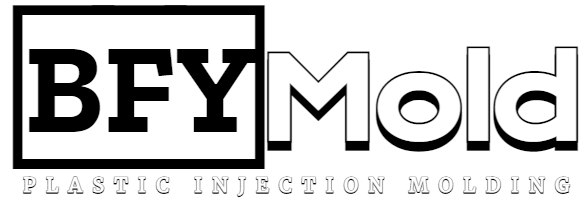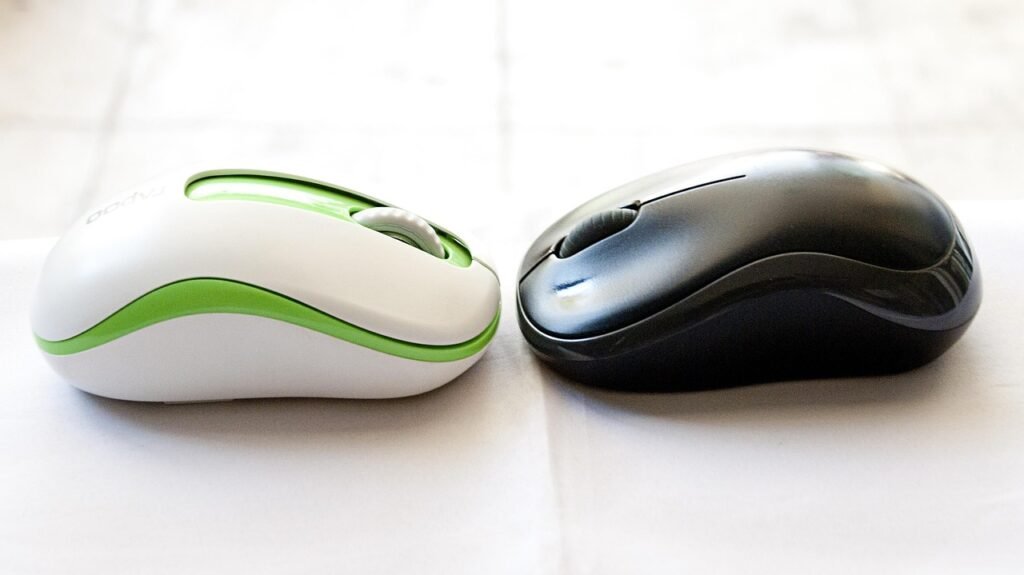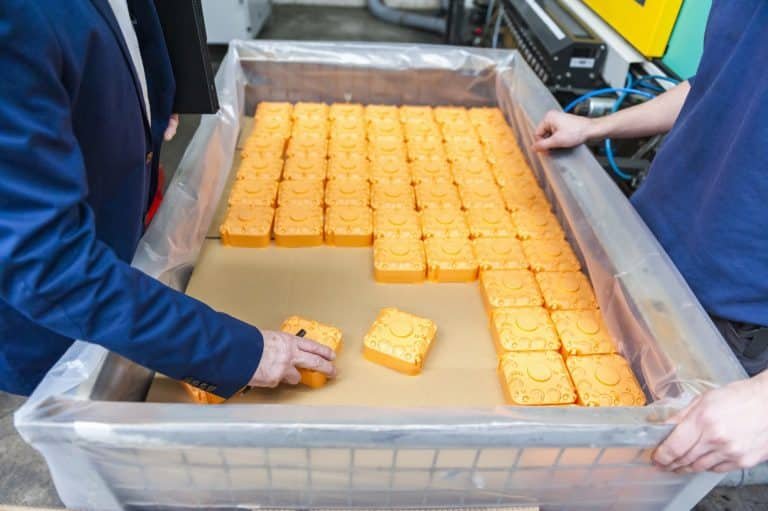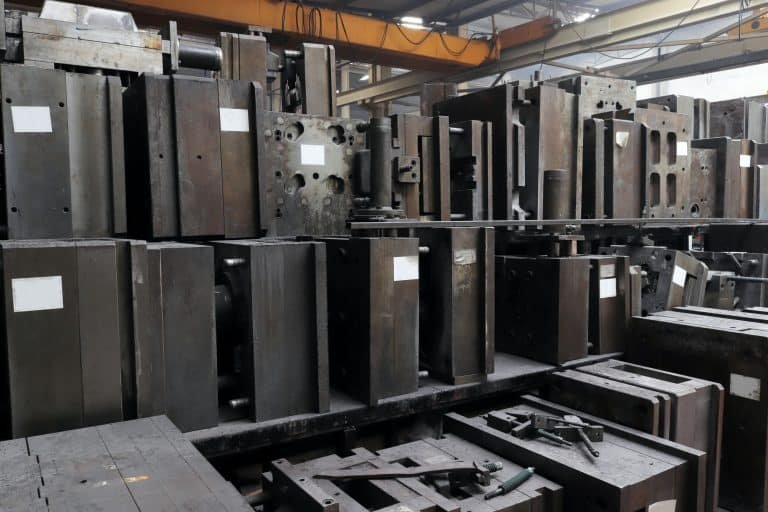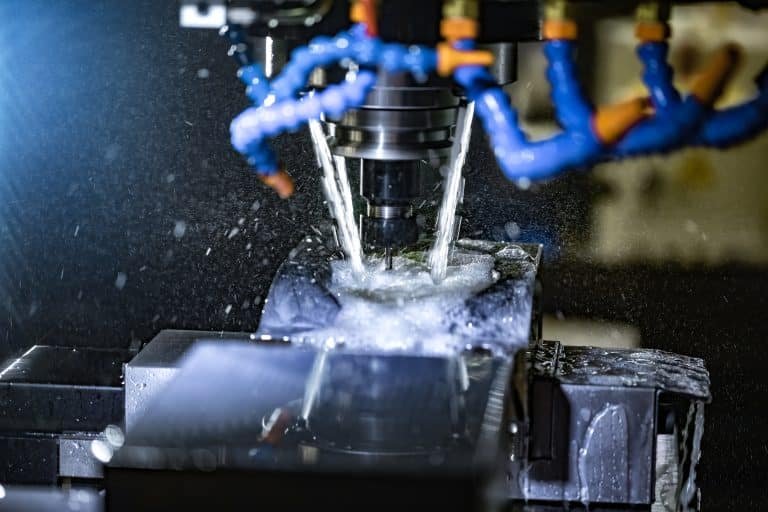In the dynamic realm of smart home technology, the light switch is a crucial innovation, simplifying how users interact with their lighting systems. As demand for these devices grows, manufacturers face the challenge of producing durable, efficient, and visually appealing products through cost-effective means. Injection molding is a widely used manufacturing process for producing light switches, offering precision and high-volume capabilities. However, the success of this process hinges on the careful selection of materials.
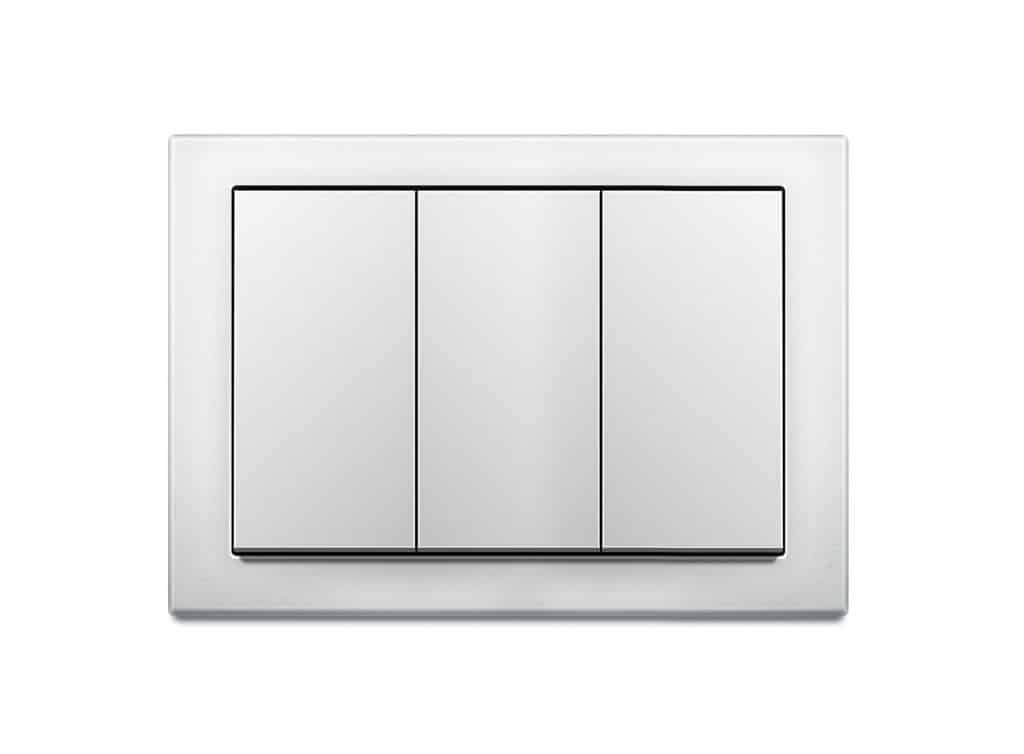
Why Injection Molding Dominates Light Switch Production
Injection molding is a manufacturing technique where molten material is injected into a mold to form parts with complex geometries and fine details. This process is particularly advantageous for producing light switches because it ensures consistency, maintains tight tolerances, and supports high production rates. Selecting the right material is paramount to achieving the desired performance and longevity of the final product.
Durability & Strength: Mechanical Properties for Reliable Switches
Light switch is subject to frequent use, accidental impacts, and environmental conditions. Therefore, the materials chosen for injection molding must exhibit excellent mechanical properties, including high tensile strength, impact resistance, and durability. Commonly used materials include polycarbonate (PC), acrylonitrile butadiene styrene (ABS), and polypropylene (PP).
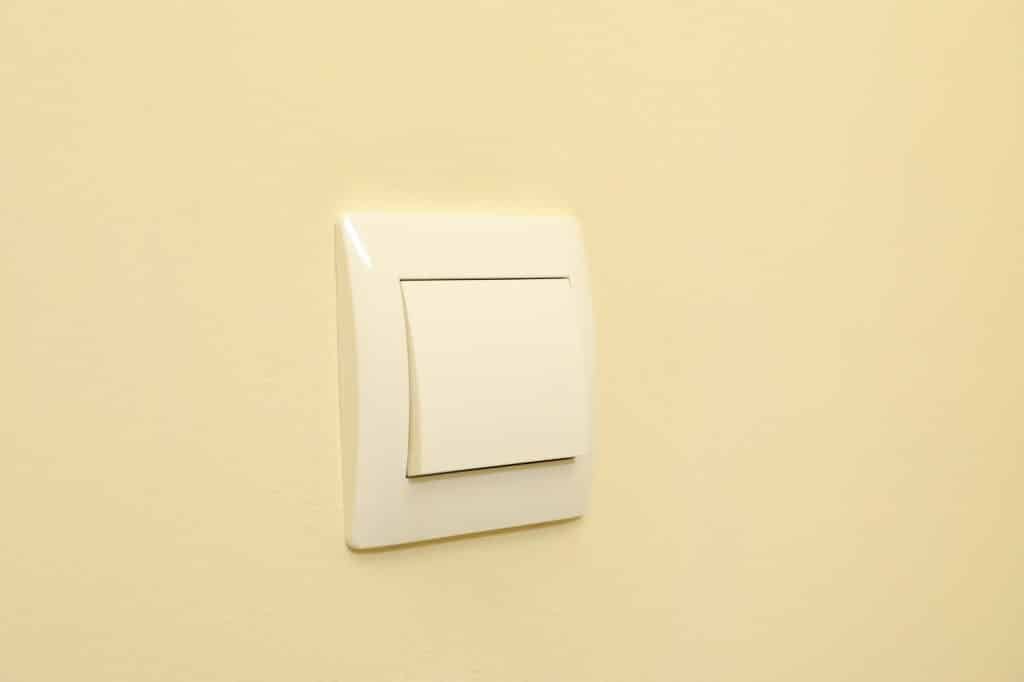
Polycarbonate is favored for its outstanding impact resistance and toughness, making it ideal for parts that undergo frequent handling or potential impacts. ABS provides a balanced combination of strength rigidity and cost-effectiveness, making it a popular choice. Polypropylene, known for its flexibility and fatigue resistance, is suitable for components requiring slight bending or flexing without breaking.
Thermal Stability: Ensuring Performance in Extreme Conditions
Thermal stability is another crucial factor in material selection. Remote control light switches may be exposed to varying environmental temperatures and heat generated by electrical components. Materials like PC and ABS are preferred for their ability to maintain structural integrity and performance across a broad temperature range.
Polycarbonate remains stable with its high glass transition temperature and retains its properties even at elevated temperatures. ABS also performs reliably under moderate thermal stress, ensuring consistent performance in typical household environments.
Electrical Safety: Insulation Materials for Risk-Free Operation

Since light switches are integral to electrical circuits, the chosen materials must possess excellent electrical insulating properties to prevent short circuits and ensure user safety. Materials with high dielectric strength, such as PC and specific grades of PP, are ideal for effectively insulating electrical components.
Aesthetic Flexibility: Custom Colors & Finishes for Modern Homes
The aesthetic appeal of light switches plays a significant role in consumer preference. The material must support various surface finishes, colors, and designs to meet diverse consumer tastes. Thermoplastics like ABS are highly versatile, offering smooth finishes and ease of coloring, enhancing the switches’ visual appeal.
Eco-Friendly Materials: Sustainable Solutions for Green Manufacturing
In today’s environmentally conscious market, the sustainability of materials used in manufacturing is increasingly important. Choosing materials that are recyclable or derived from renewable resources can help reduce the environmental footprint of light switches. Thermoplastics like PP are fully recyclable, contributing to a circular economy. Additionally, advances in bioplastics and biodegradable materials offer promising alternatives for minimizing environmental impact.
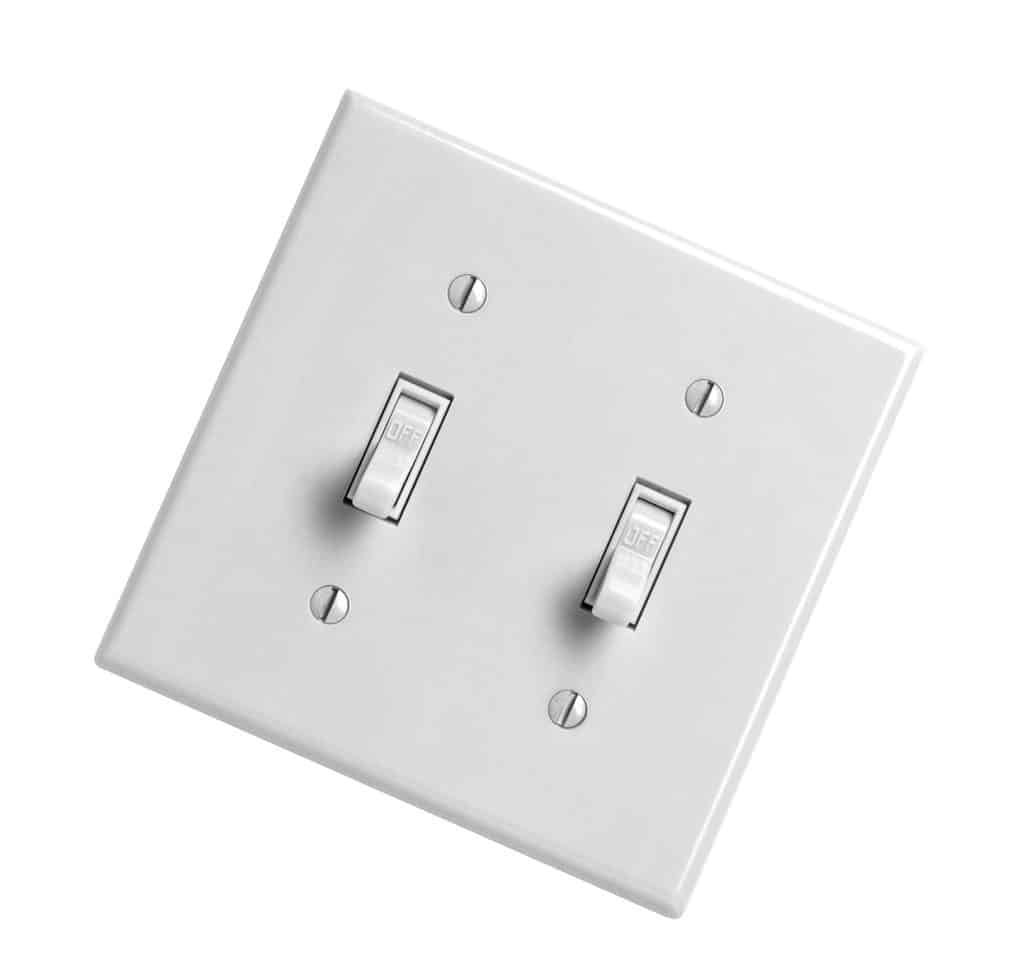
Case Studies: Material Success in Light Switch Projects
To illustrate the importance of material selection, consider the following case studies:
Polycarbonate (PC):
Used in high-end remote control light switches, the PC’s superior impact resistance and thermal stability make it a reliable choice for premium products that endure frequent use and varying environmental conditions.
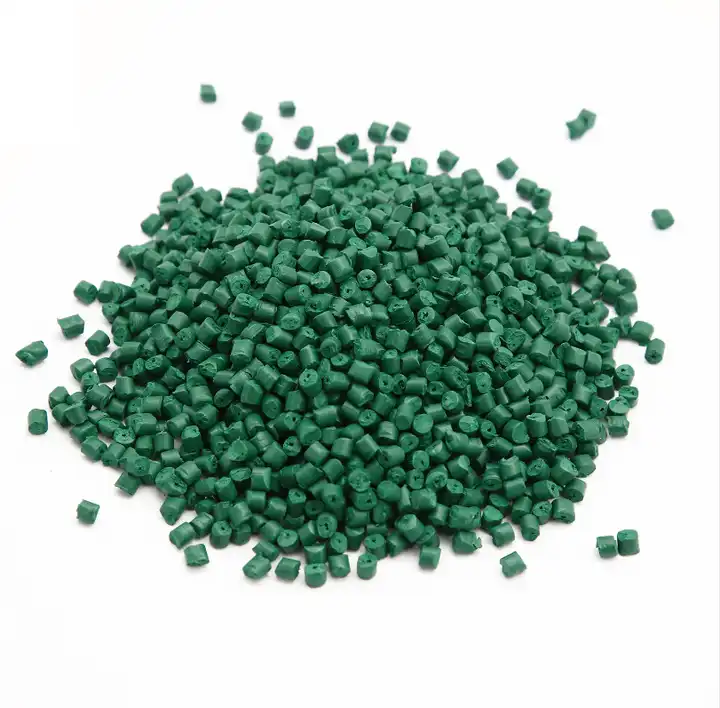
Acrylonitrile Butadiene Styrene (ABS):
Widely used for its balance of strength, rigidity, and cost-efficiency, ABS is a staple in mid-range light switch. It offers a good blend of durability and aesthetic flexibility.
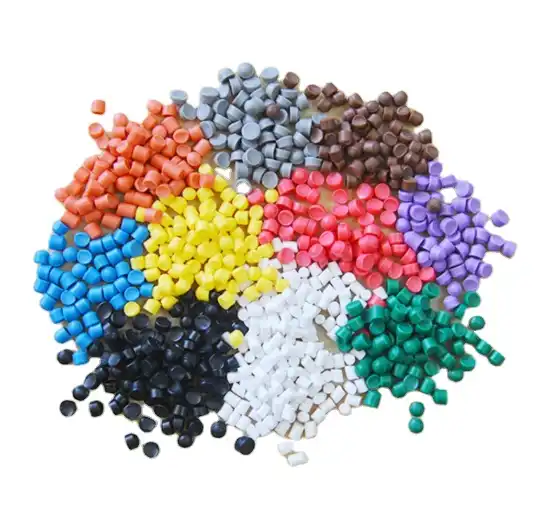
Polypropylene (PP):
Selected for its flexibility and environmental benefits, PP is used in budget-friendly switches where cost and sustainability are primary considerations. Its recyclability makes it a favored material in eco-conscious manufacturing practices.
Optimal Material Selection: Balancing Cost, Quality & Compliance
The selection of materials for injection molding light switches is a complex process that requires balancing various criteria to achieve optimal performance, safety, and user satisfaction. By carefully evaluating mechanical properties, thermal stability, electrical insulation, aesthetic potential, and environmental impact, manufacturers can produce high-quality, durable, and visually appealing light switches that meet the evolving demands of modern consumers.
As technology advances and consumer expectations continue to rise, ongoing improvements in material science will be essential for developing next-generation remote control light switches. The integration of advanced materials will not only enhance the functionality and longevity of these devices but also support sustainable manufacturing practices, aligning with global efforts to promote environmental responsibility.
